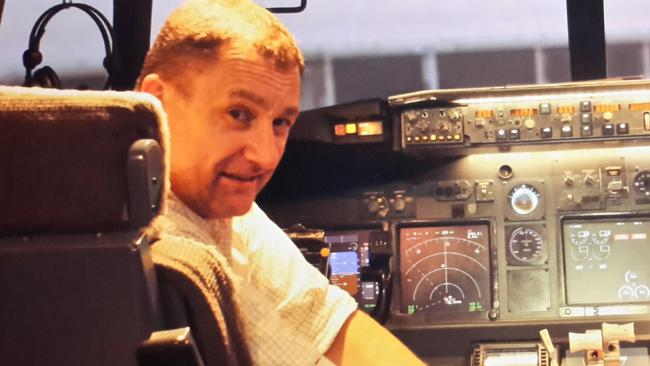MH370 myths dismantled
Five years ago today, Malaysia Airlines’ flight MH370 took off from Kuala Lumpur to travel to Beijing but never made it.

Five years ago today, Malaysia Airlines’ flight MH370 took off from Kuala Lumpur to travel to Beijing but never made it, in what has become one of the most baffling modern-day mysteries. Here are some facts to dismantle a few of the myths surrounding the aircraft’s fate.
Myth 1. The Captain ordered more fuel than was required.
Flight MH370 taxiied out at Kuala Lumpur’s International Airport with 49,700kg of fuel on board. At first glance that appears to be excessive for a 5½-hour flight by an aircraft that burns about 6500kg of fuel an hour.
While running out of petrol in your car might be embarrassing, running out of fuel on a commercial flight can be fatal. One needs to look back no further than the November 2016 tragedy of LaMia 2933, which was destroyed after hitting a hillside in Colombia after running out of fuel.
To avoid accidents like LaMia 2933, the amount of fuel that a commercial flight is required to carry is strictly regulated. The International Civil Aviation Organisation mandates that in addition to fuel required to fly the route, commercial flights must also carry sufficient fuel to cover a number of contingencies.
First, there’s Trip Fuel — the quantity required to get from the departure aerodrome to the destination. Trip Fuel for MH370’s five-hour, 34-minute flight was 37,200kg. Second, there is Contingency Fuel, or the Route Reserve; sufficient extra fuel to cover any additional consumption caused by unexpected weather, routing changes or air traffic control requirements. Contingency Fuel for MH370 was 1200kg.
In the event landing is not possible at the planned destination, sufficient fuel must be carried to reach another suitable airport. This is known as Alternate Fuel, of which MH370 was carrying 4800kg based on a 46-minute diversion to Jinan Yaoqiang International Airport. Then there is Final Reserve Fuel, an additional reserve sufficient to hold for 30 minutes. When operating into some heavily congested airports, such as Beijing, most airlines require their flights carry extra fuel to cover the possibility of prolonged delays.
Malaysia Airlines required its flights into Beijing to carry an additional 3000kg of fuel. Last of all, there is Taxi Fuel of 500kg, which covers the fuel used by the auxiliary power unit, engine start and taxiing in and out.
The Captain ordered 9M-MRO be topped up to 49,600kg. Records show the aircraft was actually refuelled to 49,700kg. Minor over-fuelling is not uncommon. Far from ordering too much fuel, MH370’s requested fuel was the minimum amount required to meet regulatory and company requirements.
Myth 2. The radar transponder was turned off.
There are two transponders on the B777. In normal operations, one is selected as active and the other is set to standby. There is no automatic fail-over; if the active transponder fails, the other one needs to be selected manually by physically resetting a switch on the Aft Aisle Stand Panel (a centre console between the two pilots).
Nobody knows whether the active transponder was turned off, whether it lost power or whether something else caused it to fail; all we know is that it stopped transmitting at around 1.21am Malaysian local time. Notably, just two days after MH370 went missing, an Air India Boeing 777 on a flight to Chicago had to return to Delhi when both its transponders failed.
Myth 3. If there was a high-speed crash there would have been millions of pieces of debris.
This myth was given a kick along when veteran air crash investigator Larry Vance commented that when Swissair 111, a McDonnell Douglas MD-11, crashed at high speed into the Atlantic Ocean in 1998 it shattered into more than two million pieces. What Vance failed to mention was that it did not all float. Almost all the wreckage was recovered from the seabed.
Most high-speed impacts tend to generate little floating debris. When Adam Air 574, a Boeing 737, crashed at over 900km/h into the Makassar Strait, Indonesia on January 1, 2007, only 194 pieces of floating debris were recovered. EgyptAir 990, a Boeing 767 (about half the mass of a B777), crashed at over 1000km/h into the Atlantic Ocean on October 31, 1999; fewer than 200 pieces of floating wreckage were recovered. High-speed crashes into water tend not to leave a lot of floating debris.
Mick Gilbert is a former RAAF supply officer and an aviation enthusiast and researcher.



To join the conversation, please log in. Don't have an account? Register
Join the conversation, you are commenting as Logout